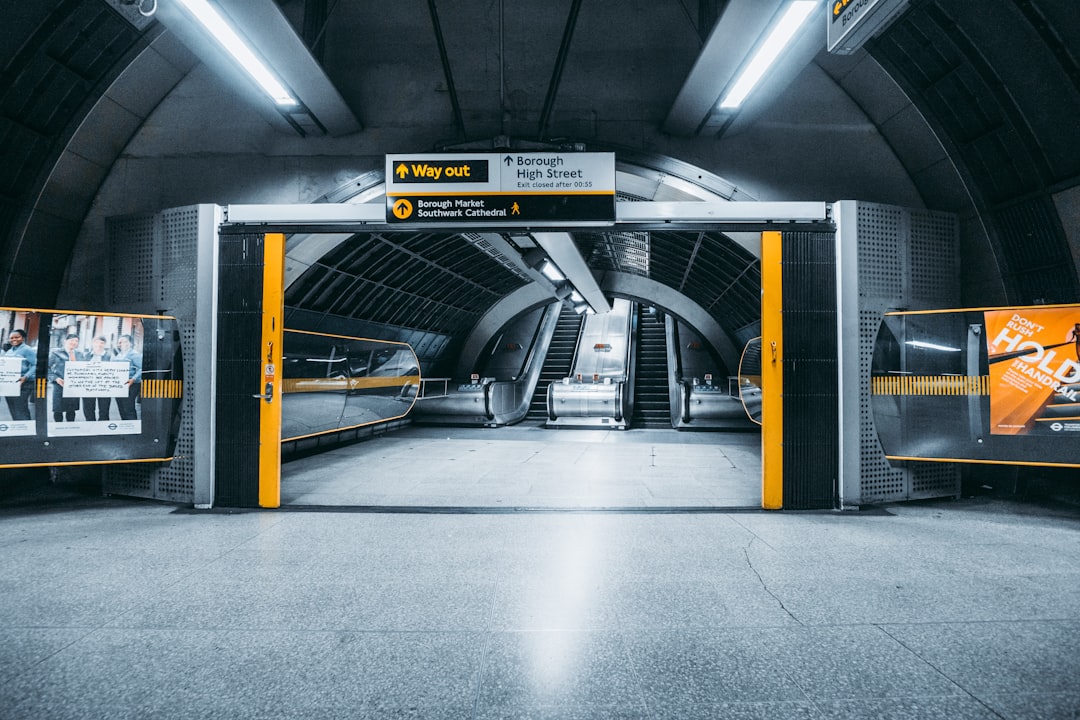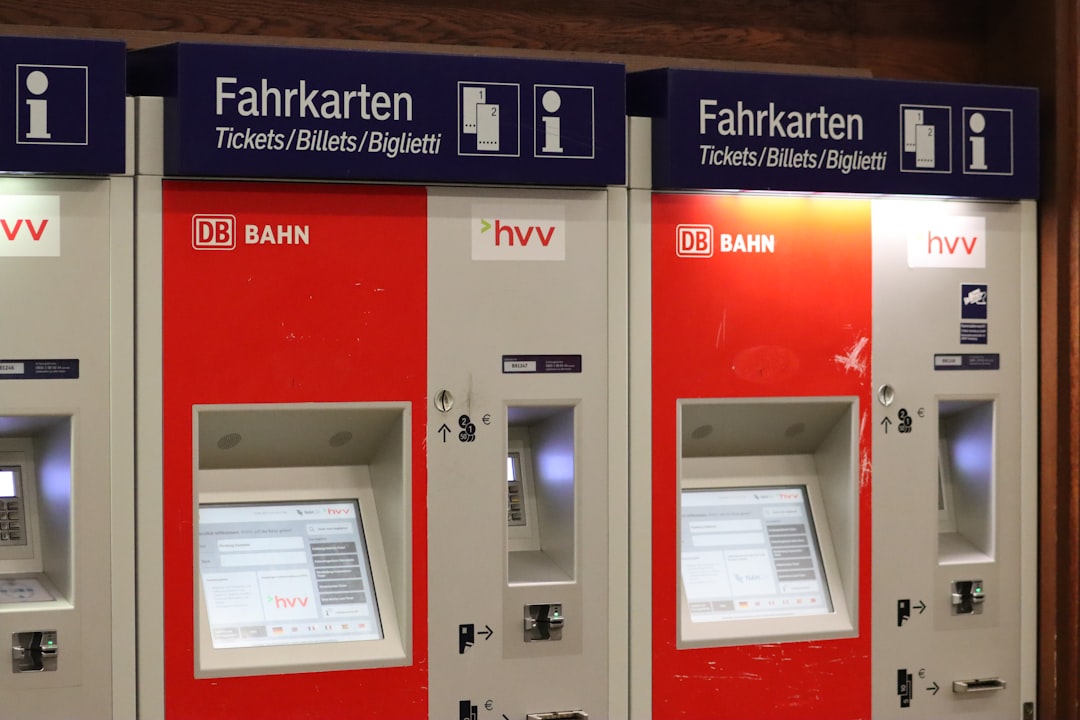As we reflect on the evolution of travel transportation, we find ourselves captivated by the remarkable journey from trains to planes. The advent of the steam locomotive in the early 19th century marked a significant turning point in how we traversed vast distances. Trains revolutionized travel, allowing us to connect cities and regions that were previously isolated.
The rhythmic clatter of wheels on tracks became synonymous with adventure, as we embarked on journeys that spanned days and nights. The introduction of electric trains further enhanced this experience, offering speed and efficiency that transformed our perception of distance. However, the landscape of travel began to shift dramatically with the invention of the airplane in the early 20th century.
The Wright brothers’ historic flight in 1903 opened the skies to humanity, and soon commercial aviation took off, quite literally. Air travel offered an unprecedented speed that rendered long-distance train journeys almost obsolete. We marveled at the ability to cross continents in mere hours, a feat that was once unimaginable.
As we embraced this new mode of transportation, we also witnessed the birth of a globalized world, where cultures and economies became increasingly interconnected.
Key Takeaways
- Trains and planes have revolutionized travel transportation over the years, offering faster and more convenient options for long-distance travel.
- Train travel offers the advantage of scenic views and a more relaxed atmosphere, but it can be slower and less reliable than air travel.
- Air travel provides the advantage of speed and efficiency, but it can be more expensive and less comfortable than train travel.
- When comparing the costs of train and air travel, it’s important to consider factors such as ticket prices, baggage fees, and transportation to and from the airport or train station.
- Both train and air travel have environmental impacts, but trains generally have a lower carbon footprint and are more energy-efficient than airplanes.
The Advantages and Disadvantages of Train Travel
When we consider train travel, we are often drawn to its many advantages. One of the most appealing aspects is the scenic beauty that unfolds outside our windows as we glide through picturesque landscapes. Unlike air travel, where we are confined to a cramped cabin high above the clouds, trains allow us to immerse ourselves in the journey itself.
We can stretch our legs, walk around, and even enjoy dining cars that serve delicious meals while we take in the views. This leisurely pace fosters a sense of relaxation that is often absent in the hustle and bustle of airports. However, train travel is not without its drawbacks.
While it offers a unique experience, it can also be time-consuming, especially for long distances. We may find ourselves spending hours on a train when a flight could have taken a fraction of that time. Additionally, train schedules can be less reliable than those of airlines, leading to potential delays that disrupt our travel plans.
Furthermore, in some regions, train networks may not be as extensive or convenient as air travel options, limiting our choices when it comes to reaching certain destinations.
The Advantages and Disadvantages of Air Travel

Air travel presents its own set of advantages that often make it the preferred choice for many travelers. The most significant benefit is undoubtedly speed; we can traverse vast distances in a matter of hours, making it possible to visit multiple countries in a single trip. This efficiency is particularly appealing for business travelers or those with limited vacation time who want to maximize their experiences.
Additionally, modern airlines have made significant strides in improving passenger comfort and amenities, offering everything from in-flight entertainment to gourmet meals. On the flip side, air travel comes with its own set of challenges. The process of getting through security checks and boarding can be stressful and time-consuming.
We often find ourselves waiting in long lines at airports, which can detract from the excitement of our journey. Moreover, the cramped seating arrangements on many flights can lead to discomfort during long-haul flights. We also face the risk of flight delays or cancellations due to weather or operational issues, which can throw our carefully planned itineraries into disarray.
Comparing the Costs of Train and Air Travel
| Train Travel | Air Travel | |
|---|---|---|
| Cost of Ticket | 100 | 200 |
| Travel Time | 4 hours | 1.5 hours |
| Additional Fees | 10 for seat selection | 25 for checked baggage |
| Convenience | Direct routes available | More frequent flights |
When it comes to costs, we must carefully weigh our options between train and air travel. In many cases, train tickets can be more affordable than plane tickets, especially when we book in advance or take advantage of special promotions. Additionally, we often avoid hidden fees associated with air travel, such as baggage charges or seat selection fees.
For short to medium distances, trains can provide a cost-effective solution without sacrificing comfort or convenience. However, as we delve deeper into our analysis, we realize that air travel may offer competitive pricing for longer distances or international routes. Budget airlines have emerged as a viable option for travelers seeking low-cost flights, making air travel accessible to a broader audience.
Yet, we must remain vigilant about additional costs that may arise during our journey, such as transportation to and from airports or meals during layovers. Ultimately, our choice may depend on our specific travel needs and preferences.
The Environmental Impact of Train and Air Travel
As we become increasingly aware of our environmental footprint, it is essential to consider the ecological implications of our travel choices. Train travel is often touted as a more sustainable option compared to air travel. Trains typically produce lower carbon emissions per passenger mile than airplanes, making them an environmentally friendly alternative for short to medium distances.
By choosing trains over planes, we can contribute to reducing greenhouse gas emissions and promoting sustainable tourism. Conversely, air travel has garnered criticism for its significant environmental impact. Airplanes are among the largest contributors to carbon emissions in the transportation sector.
While advancements in technology are helping airlines become more fuel-efficient, the sheer volume of air traffic continues to pose challenges for sustainability efforts. As conscientious travelers, we must weigh our desire for convenience against our responsibility to protect the planet.
The Comfort and Amenities of Train and Air Travel

Train Travel: Spacious and Comfortable
On trains, we often enjoy spacious seating arrangements that allow us to move freely within the cabin. Many modern trains feature amenities such as Wi-Fi access, power outlets, and dining options that enhance our journey. We can relax in comfortable seats while enjoying panoramic views of the countryside or cityscapes passing by.
Air Travel: Improving Comfort and Amenities
In contrast, air travel has made significant strides in improving passenger comfort over the years. Airlines now offer various classes of service, from economy to first class, each with its own level of comfort and amenities. In-flight entertainment systems provide us with movies and shows to pass the time during long flights.
The Drawbacks of Economy Class
However, despite these advancements, many travelers still find themselves contending with cramped seating and limited legroom in economy class.
Choosing the Right Transportation for Your Travel Needs
As we navigate our travel options, choosing the right transportation method requires careful consideration of our individual needs and circumstances. For short trips within a country or region, trains may offer a more enjoyable experience with their scenic routes and relaxed atmosphere. We can savor the journey itself rather than merely focusing on reaching our destination quickly.
On the other hand, for long-haul international trips or when time is of the essence, air travel may be our best bet. The ability to cover vast distances in a short amount of time can be invaluable when planning an itinerary that includes multiple destinations. Ultimately, our decision will depend on factors such as distance, budget, time constraints, and personal preferences.
Tips for Making the Most of Your Train or Air Travel Experience
To enhance our travel experiences, we can adopt several strategies that maximize comfort and enjoyment during our journeys. For train travel, we should consider booking tickets in advance to secure better prices and preferred seating options. Arriving early allows us to explore train stations that often feature shops and restaurants worth visiting before departure.
For air travel, packing efficiently can save us time at security checkpoints and ensure we have everything we need during the flight. We should also take advantage of airline apps that provide real-time updates on flight status and gate changes. Staying hydrated and moving around during long flights can help alleviate discomfort associated with extended periods of sitting.
In conclusion, as we navigate the world of travel transportation from trains to planes, we find ourselves faced with a myriad of choices that cater to different preferences and needs. By understanding the advantages and disadvantages of each mode of transport, comparing costs, considering environmental impacts, and prioritizing comfort and amenities, we can make informed decisions that enhance our overall travel experiences. Whether we choose to embark on a scenic train journey or soar through the skies on an airplane, each adventure offers us unique opportunities for exploration and connection with the world around us.











Leave a Reply